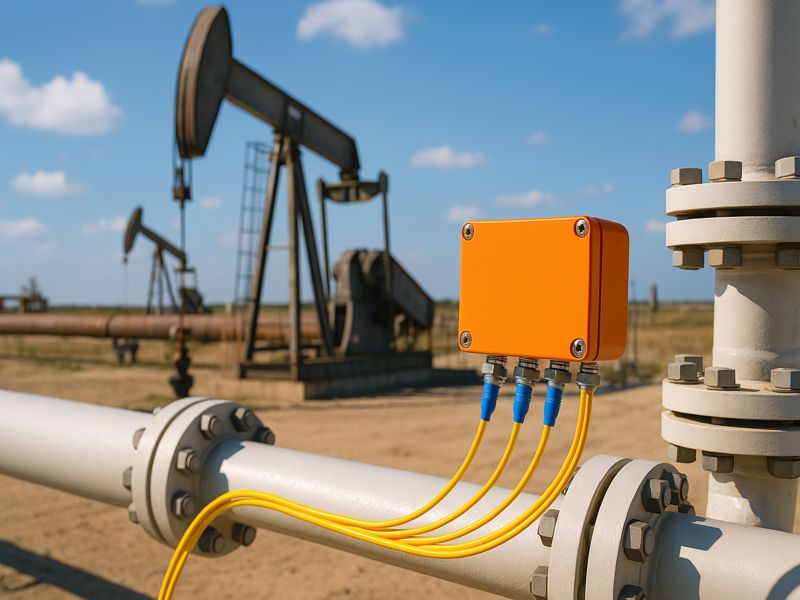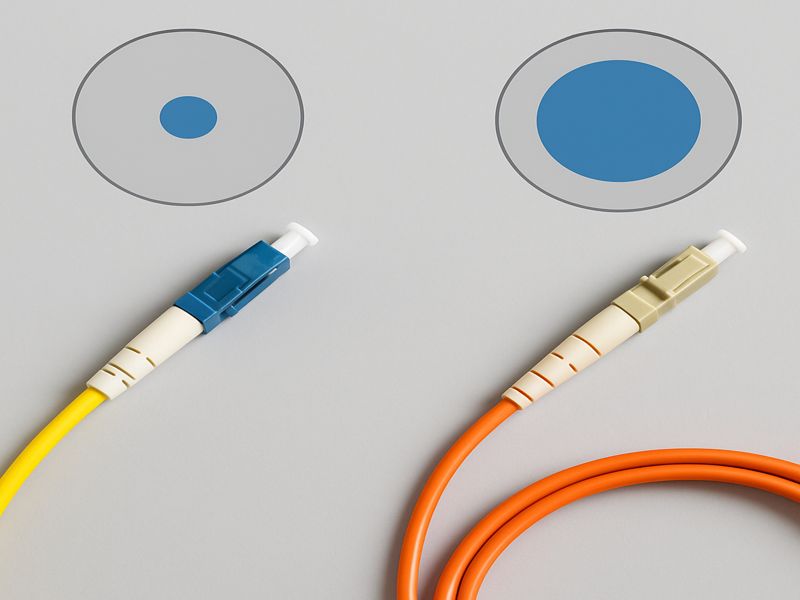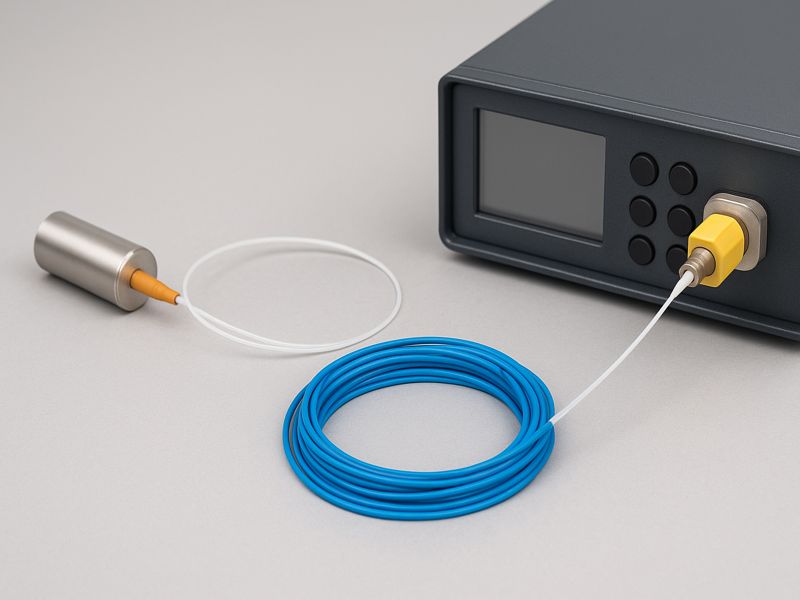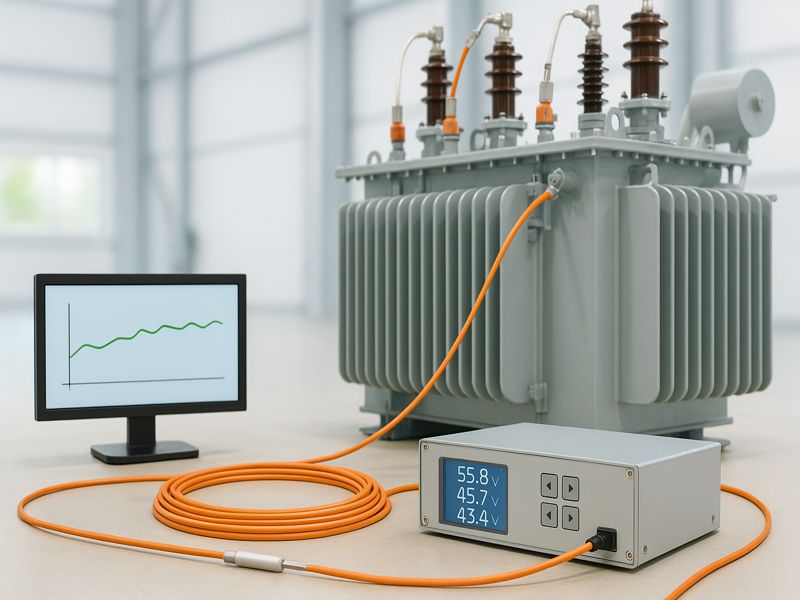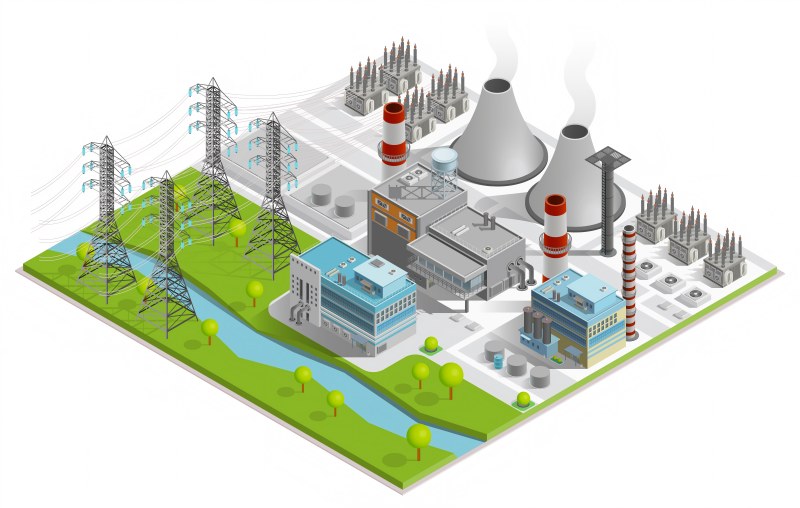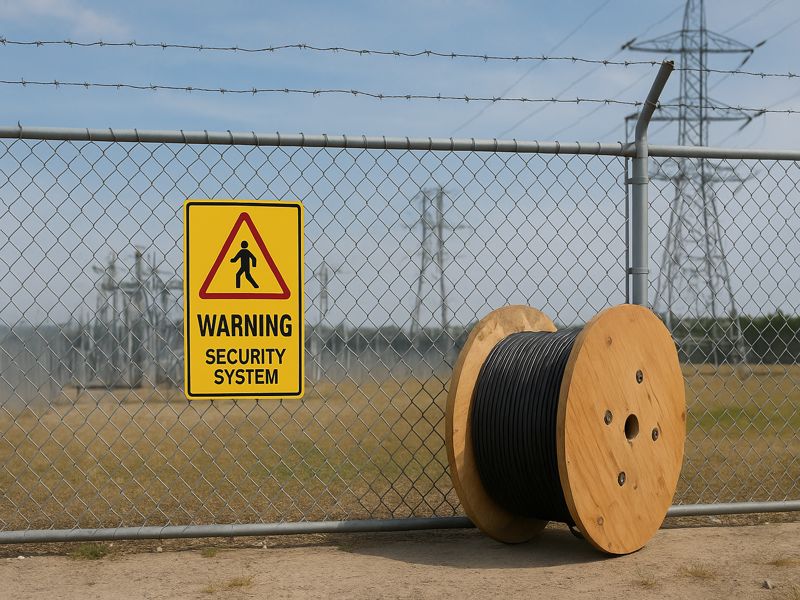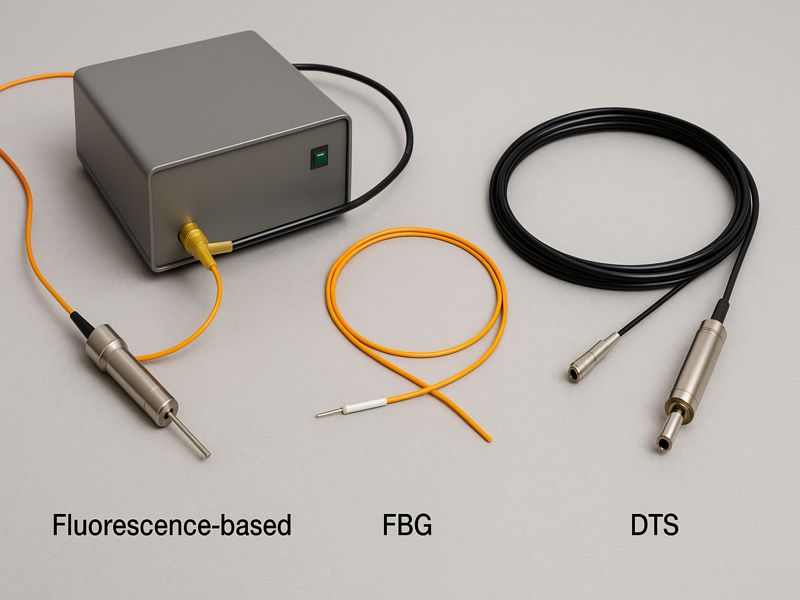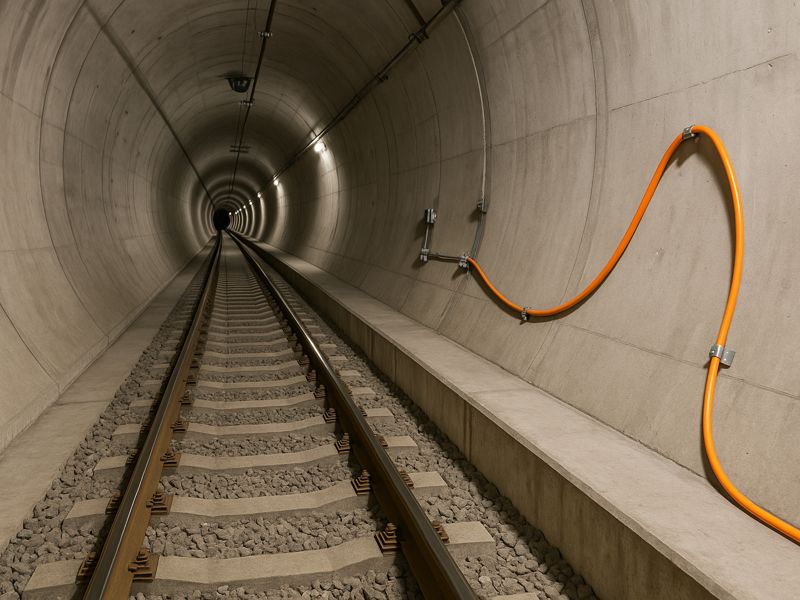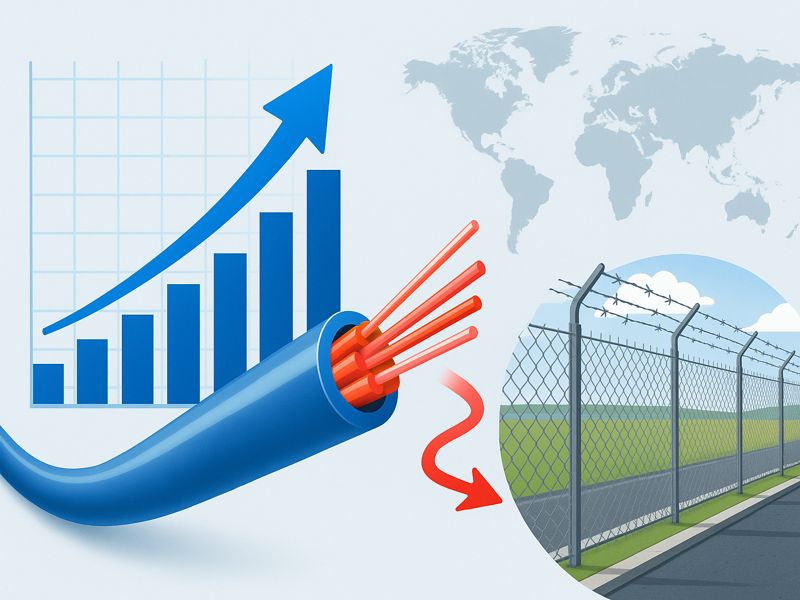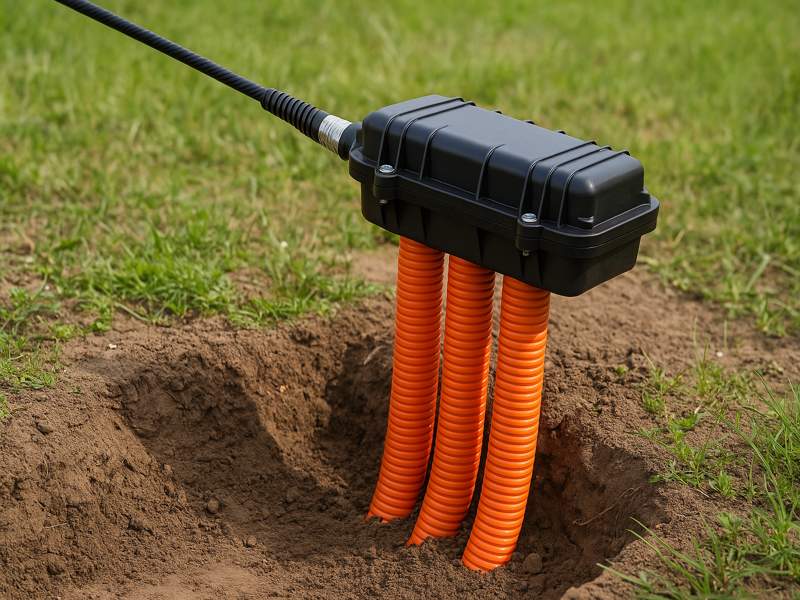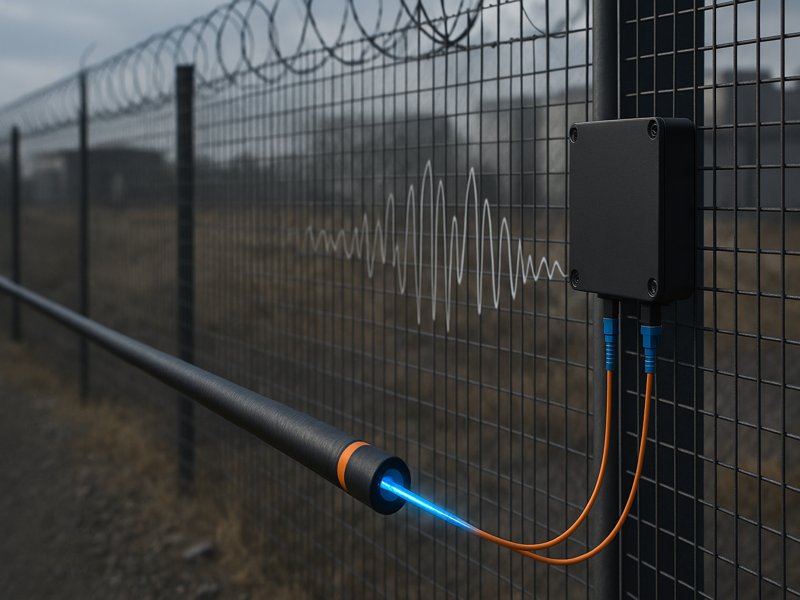Buried cable sensors protect critical infrastructure, high-security areas, and sensitive locations, offering a unique way to detect tampering or unauthorized access underground, providing enhanced security capabilities for a variety of industries, from military installations to oil and gas fields.
What Are Buried Cable Sensors?
Buried cable sensors are specialized security devices designed to detect and monitor subsurface activity along a buried cable. They are commonly used in perimeter security applications where traditional surface-based sensors might be ineffective, such as in areas where digging or tampering with the ground is a concern. These sensors can detect unauthorized intrusion attempts, vibrations, pressure, and even changes in the surrounding environment caused by digging, cutting, or movement along the buried cable.
The cables themselves are typically composed of highly sensitive materials that can detect minute changes in the physical environment, transmitting these signals to a central monitoring system. These sensors are often integrated with other security systems, providing real-time alerts of any potential threats.
How Do Buried Cable Sensors Work?
Buried cable sensors function on the principle of monitoring physical disturbances in the environment surrounding the cable. Depending on the technology used, the sensor can detect different types of disturbances, including vibration, pressure, temperature changes, and movement. This is a summary of how these sensors function:
Vibration Detection
Vibration detection is one of the most widely employed detection techniques using buried cable sensors. When a person or object disturbs the ground near or along the buried cable, vibrations are transmitted through the soil. The cable sensor picks up these vibrations and analyzes their frequency, amplitude, and patterns. The system then alerts the monitoring station if the vibrations match a pre-determined threshold indicative of an intrusion.
Pressure Detection
Some buried cable sensors are equipped with pressure-sensitive components that can detect any change in pressure exerted on the cable. If an intruder digs or disturbs the ground, the pressure on the cable may change, triggering the sensor. This method is highly effective for detecting digging activities and mechanical tampering.
Temperature Detection
Temperature-based buried cable sensors use the principle that soil and environmental temperatures change when a disturbance occurs, such as an intruder digging. A sudden change in temperature along the cable can be detected by the sensor, signaling an anomaly or potential breach in the area.
Conductive or Optical Fiber Sensor
Some buried cable sensors incorporate conductive or optical fibers that change properties when disturbed. For instance, in optical fiber sensors, a change in the light traveling through the fiber (due to physical stress or strain) can indicate movement or tampering. This type of sensor is incredibly sensitive and can provide very accurate detection capabilities.
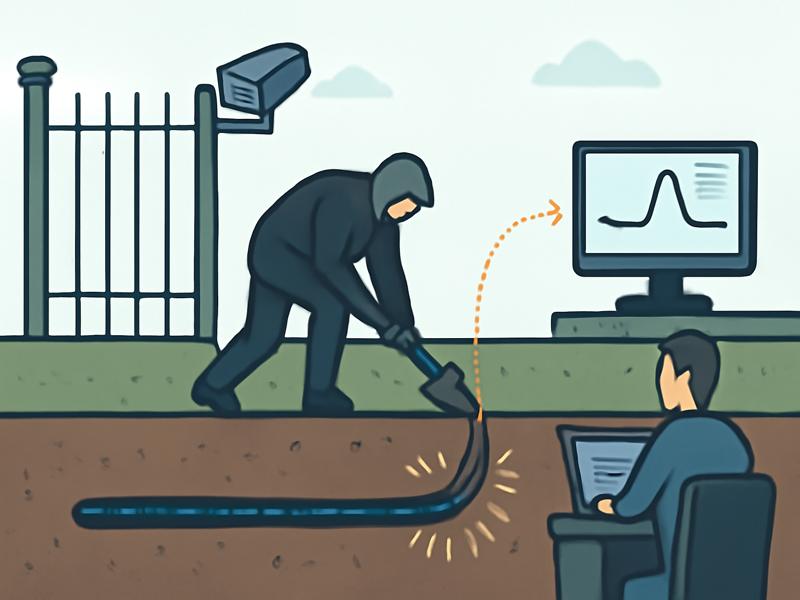
Different Buried Cable Sensor Types
There are numerous varieties of buried cable sensors, each appropriate for a particular setting and need. The most common types include:
Fiber Optic Cable Sensors
Fiber optic sensors are among the most advanced and widely used buried cable sensors. They work by sending light signals through a fiber optic cable and monitoring the changes in the light caused by external factors such as strain, pressure, or temperature. High accuracy, long-range monitoring, and resilience to external elements like electromagnetic interference are all features of these sensors.
Fiber Optic Sensor Benefits:
- Extremely sensitive
- Able to go great distances
- Resistant to electromagnetic interference
- Real-time monitoring
Electric Conductive Cable Sensors
Electric conductive cable sensors use conductive materials embedded within the cable to detect changes in the electrical properties of the surrounding area. When pressure, vibration, or movement occurs, the conductive properties of the cable are altered, sending a signal to the monitoring system.
Advantages of Electric Conductive Sensors:
- Cost-effective
- Simple technology
- Suitable for a wide range of applications
Capacitive Cable Sensors
The way capacitive cable sensors work is by detecting the change in capacitance brought on by items moving close to or along the cable. These sensors are sensitive to nearby activity and can detect subtle disturbances, including vibrations and pressure changes.
Advantages of Capacitive Sensors:
- Highly sensitive to small changes
- Ideal for detecting surface-level disturbances
- Simple to install and maintain
Seismic Cable Sensors
Seismic sensors detect the ground vibrations generated by movement, such as footsteps, digging, or the operation of vehicles. These sensors are particularly useful for monitoring large outdoor areas, including borders and open fields.
Advantages of Seismic Sensors:
- Effective for large areas
- Can differentiate between types of movement
- Excellent for detecting digging and heavy equipment
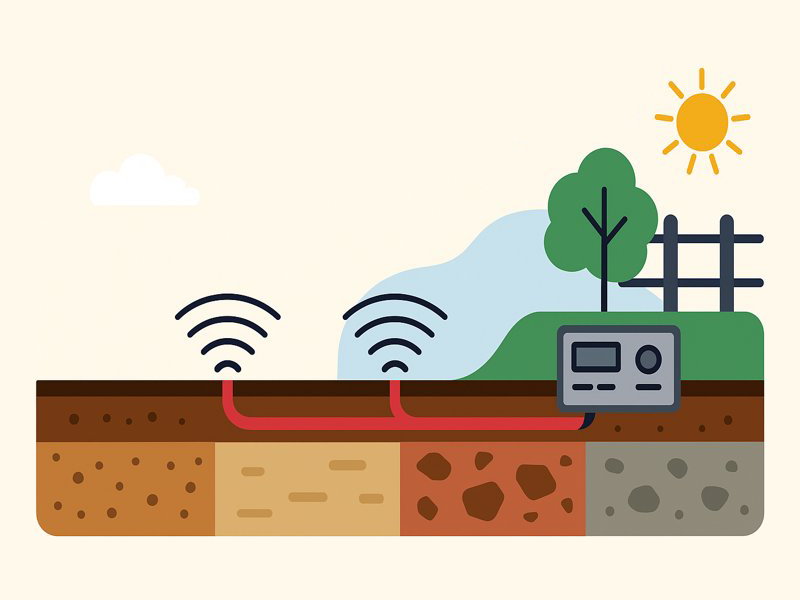
Advantages of Buried Cable Sensors
Buried cable sensors offer several key benefits, particularly when used for perimeter security and intrusion detection. Below are some of the primary advantages:
Concealed Detection
Unlike surface-based sensors, buried cable sensors are concealed underground, making them more difficult for intruders to detect and bypass. This provides a level of stealth and security, reducing the chances of tampering.
Continuous Monitoring
Buried cable sensors provide continuous, real-time monitoring of an area. Any changes in the environment—whether due to human activity, animals, or environmental conditions—are immediately detected and reported.
Detection of Subsurface Activity
Buried cable sensors are highly effective at detecting subsurface activities like digging, tunneling, or the movement of heavy machinery. These types of activity are difficult for surface-based systems to detect, but buried cable sensors can pick up on even the slightest disturbances.
Durability and Reliability
Because buried cable sensors are often installed underground, they are less susceptible to environmental conditions such as rain, fog, or snow. They are also protected from external damage, making them highly reliable in harsh environments.
Applications of Buried Cable Sensors
Buried cable sensors are used across a variety of industries for subsurface intrusion detection. Below are some of the key applications:
| Industry | Application |
| Military & Defense | Monitoring perimeters of military bases, bunkers, and border areas. |
| Oil & Gas | Protecting pipelines and drilling sites from tampering and theft. |
| Important Infrastructure | Protecting data centers, water treatment plants, and power plants. |
| Transportation | Protecting railways and tunnels from sabotage or accidental damage. |
| Agriculture | Monitoring agricultural fields and preventing theft of crops or equipment. |
| Wildlife Protection | Monitoring wildlife reserves and detecting illegal poaching activities. |
Challenges in Implementing Buried Cable Sensors
Despite the many benefits of buried cable sensors, there are a few problems that need to be fixed for optimal performance.
Installation Complexity
Installing buried cable sensors can be complex and labor-intensive. The cables need to be carefully buried in the ground, which requires excavation and proper placement. Additionally, the depth of burial and the type of soil can affect the sensor’s performance.
False Alarms
Although buried cable sensors are highly effective, they are not immune to false alarms. Environmental factors such as animal activity, weather conditions, or ground shifting can trigger false alarms. Proper calibration and sensitivity settings are critical to minimize these false positives.
Maintenance
Buried cable sensors require regular maintenance to ensure they function correctly. Environmental wear, damage from digging, or exposure to harsh weather conditions may necessitate repair or replacement of parts of the system.
Buried cable sensors play a vital role in modern underground intrusion detection systems, providing enhanced security across a wide range of industries. They are able to detect underground activity—whether it’s digging, movement, or pressure changes.
